Capillipedium parviflorum
(R.Br.) Stapf
Scented-top Grass; (Car-pill-ee-ped-ee-um; par-vee-floor-um)
This grass is an erect, tufted perennial, between 50- 150 cm tall (Fig. 1). The leaves are basal or cauline (positioned along the length of the stem/culm). The basic flowering units or spikelets are usually purple coloured and arranged in clusters in an open inflorescence or flowering head. The flowering head is strongly scented, especially when crushed. The primary branches of the flowering head are arranged along a central stem. The lower branches are often arranged in a whorl, with branches arising from the stem like the spokes of a wheel (Fig. 2). The spikelets (the basic flowering units) are arranged in a cluster of three spikelets. There is 1 spikelet cluster (rarely 2) on each final branch of the flowering head. The spikelet clusters consist of a fertile sessile/stalkless spikelet, which has a prominent twisted awn or bristle 10-16 mm long, and two (rarely 1) much smaller sterile or male spikelets on short stalks or pedicels (Fig. 3). Don’t confuse the stalk that holds the cluster as a stalk for the larger sessile spikelet.
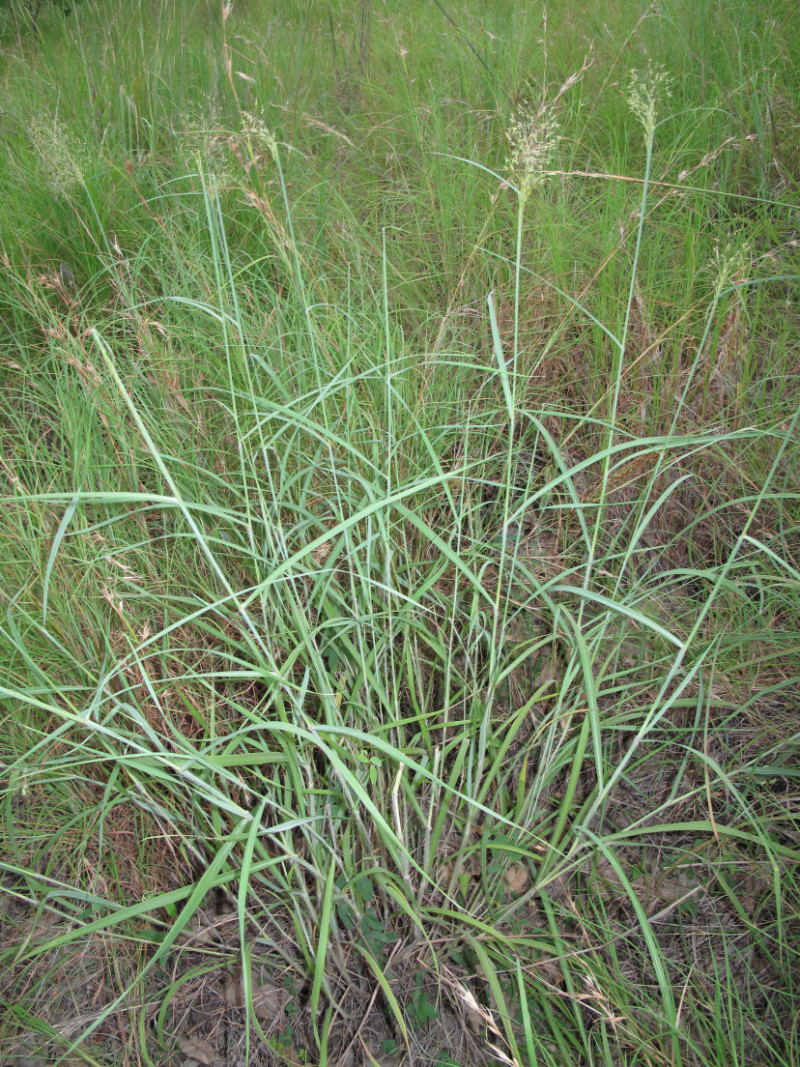
BOTANICAL DESCRIPTION
A perennial grass with culms 50-150 cm tall (Fig. 1). Leaves basal or cauline; leaf sheaths and culms with long ascending hairs or glabrous. Leaf blades 10-40 cm long, 2-7 mm wide. The inflorescence is an open panicle and primary branches are often arranged in whorls at the lower nodes (Fig. 2). Spikelets are arranged in clusters which consist of a prominent fertile sessile spikelet and one or two sterile or male pedicelled spikelets (Fig. 3). There is one spikelet cluster per branch (rarely two). The sessile spikelets are 2.8-4 mm long and are conspicuously awned, the awn 10-16 mm long, bent towards the tip, with a twisted column. The fertile spikelet is two flowered with a sterile lower floret and upper fertile floret. The lower glume of the sessile spikelet has a shallow groove running between two nerves along its length, this is more prominent in immature material. The pedicelled or companion spikelets are usually 2.5- 3.8 mm long and are either male or sterile, containing either empty lemmas or anthers only. The pedicels of the companion spikelets have a translucent furrow that runs along the length of the pedicel (Fig. 4a & b).
DIAGNOSTIC FEATURES
Species of this genus that occur in Cape York Peninsula can be identified when flowering by the combination of a number of characters; the open usually purple panicle (Fig. 2), the small spikelet size, the composition of the spikelet clusters, the strongly scented flowering head, and the presence of a translucent furrow or midline in spikelet pedicels/stalks (Fig. 4a & b). Two species of Capillipedium grow in Cape York Peninsula, Capillipedium parviflorum and Capillipedium spicigerum. Capillipedium parviflorum has only one or rarely two spikelet clusters per stem and usually two companion/pedicelled spikelets per cluster (Fig. 4a). Capillipedium spicigerum has 3-8 clusters per stem and one companion/pedicelled spikelet in a cluster, except for the cluster at the end of the branch which typically has two companion/pedicelled spikelets (Fig. 5 & 6). The overall affect of these differences gives the flowering head of C. parviflorum a more delicate appearance (Fig. 5 & 6). In addition, the lower glume of the sessile spikelet of Capillipedium spicigerum has 4-5 nerves on the outer surface and is more or less flat or domed, compared to 2 nerves and shallowly grooved in C. parviflorum. Capillipedium parviflorum can also be confused with Melinis minutiflora (Fig. 7 & 8) and species of Bothriochloa (Fig. 9), which are both strongly scented. From M. minutiflora it is distinguished by the presence of companion/pedicelled spikelets in the cluster, whereas M. minutiflora has only solitary spikelets (Fig. 8). From species of Bothriochloa it is distinguished by the larger more branched flowering head. Bothriochloa inflorescences have several branches arising from a central stem (Fig. 9), but these branches are not branched further as they are in Capillipedium (Fig. 2). Similiarities to Arundinella species are discussed under A. setosa profile in this series.
NATURAL VALUES
This species contributes to the diversity of the savanna ground layer and the health of the ecosystem, however, specific attributes are not available to report here.
HABITAT
This species is widespread in eucalypt woodlands throughout Cape York Peninsula (Fig. 10). The absence of records in the SW quadrant of CYP is likely to be a reflection of sampling effort in the area. This species is common in the upper reaches of the Mitchell River/ Coleman River catchments and is expected to be found throughout the system. Distributed throughout northern WA, NT, and Qld, and along the east coast of Qld into central NSW. Also recorded for Africa, Temperate Asia, Tropical Asia, and Australasia.
LAND MANAGEMENT NOTES
Both species of Capillipedium “are reported as being eaten by stock although they are not recognised to be of high fodder value, and their presence is an indication the pasture is not overgrazed” (Andersen 2003). Flowers Nov.-Aug.
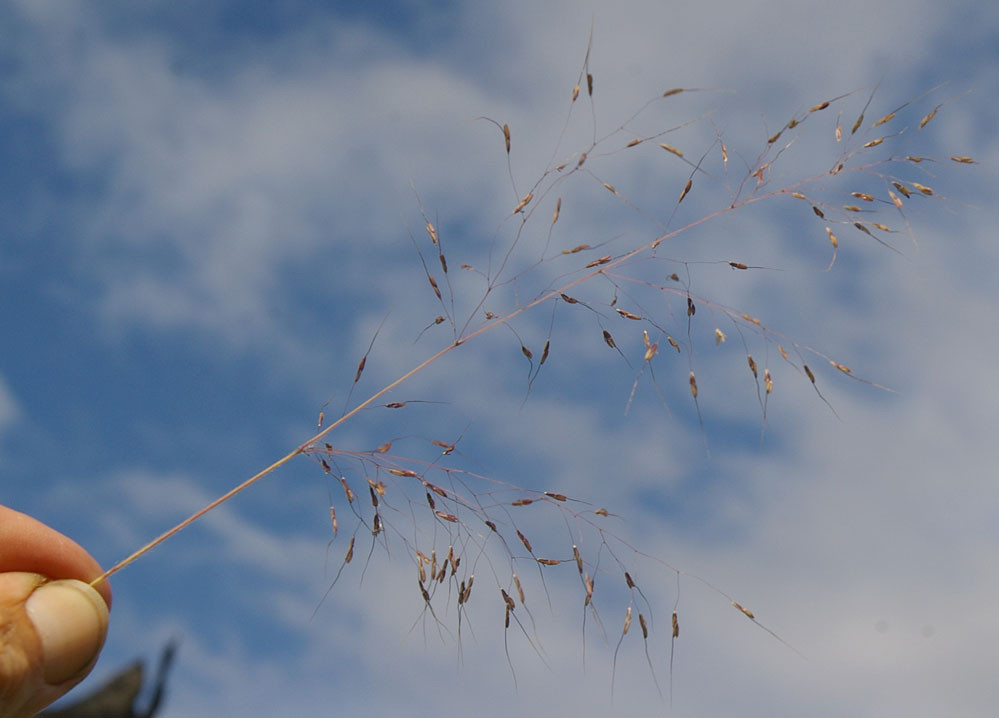
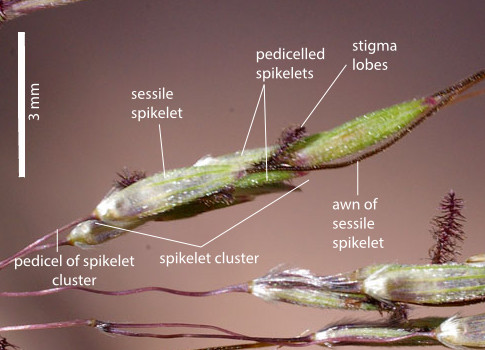
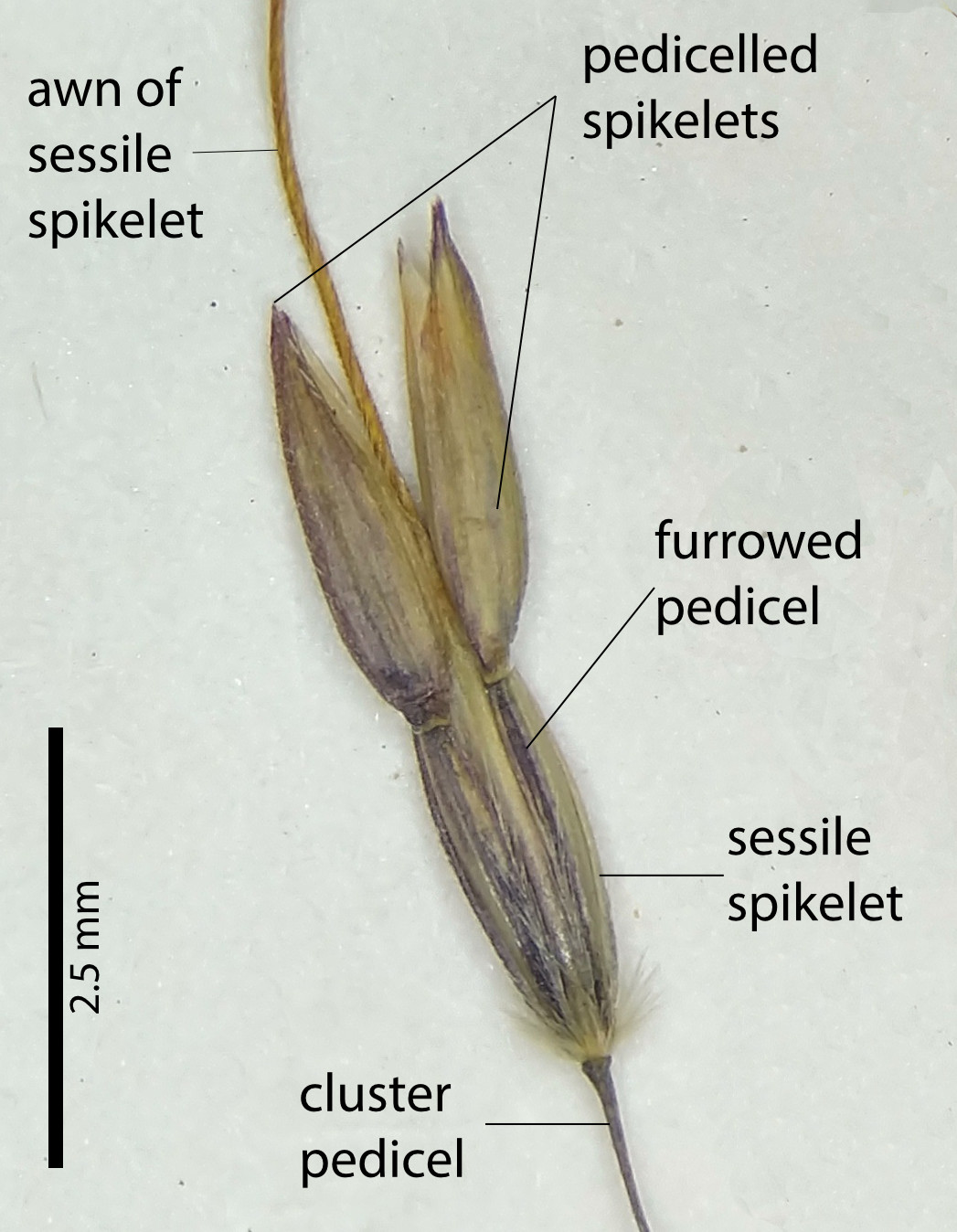
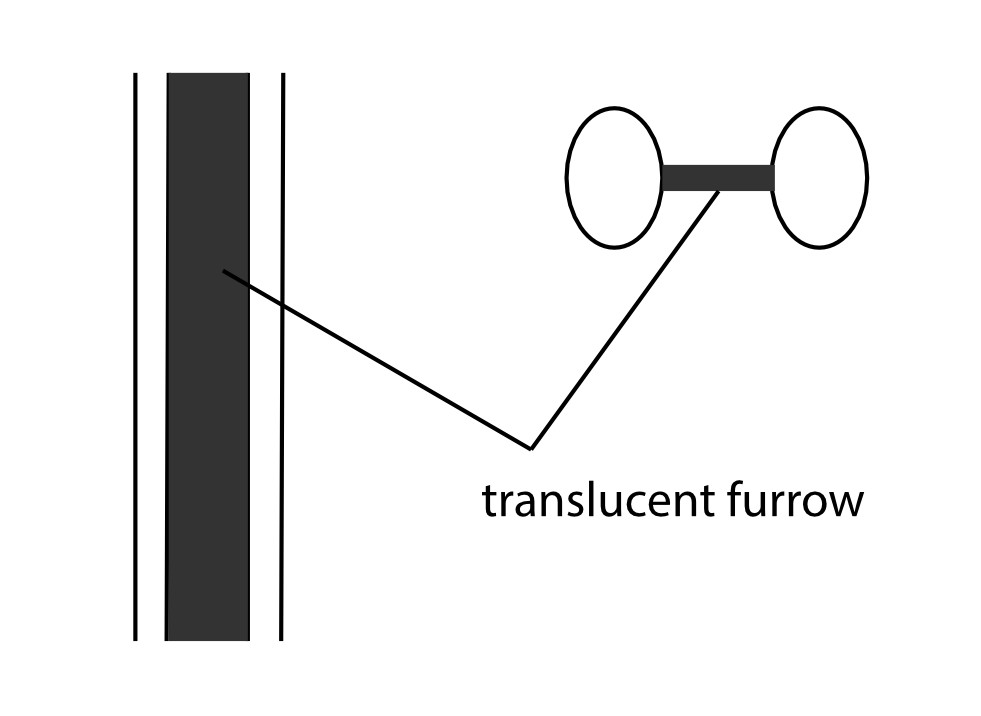
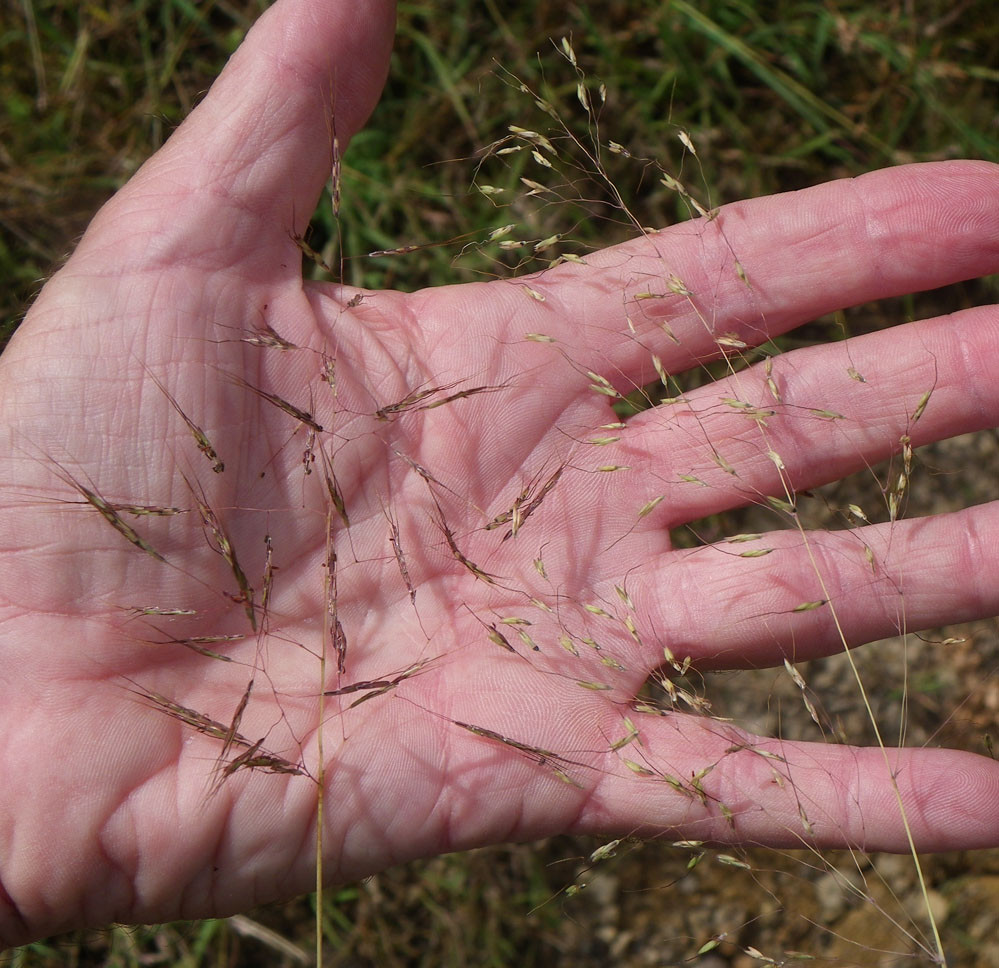
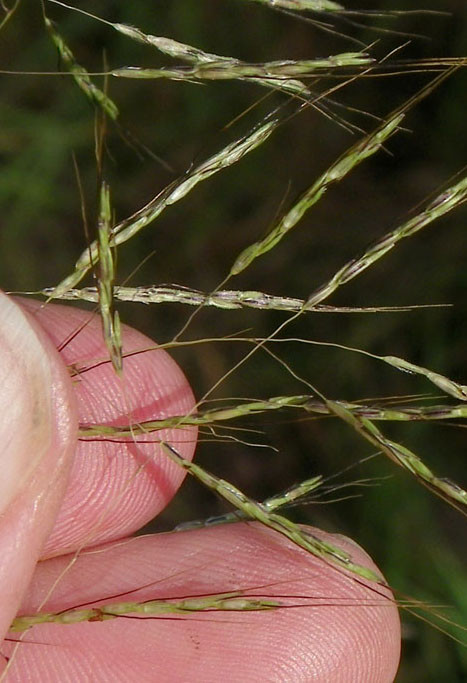
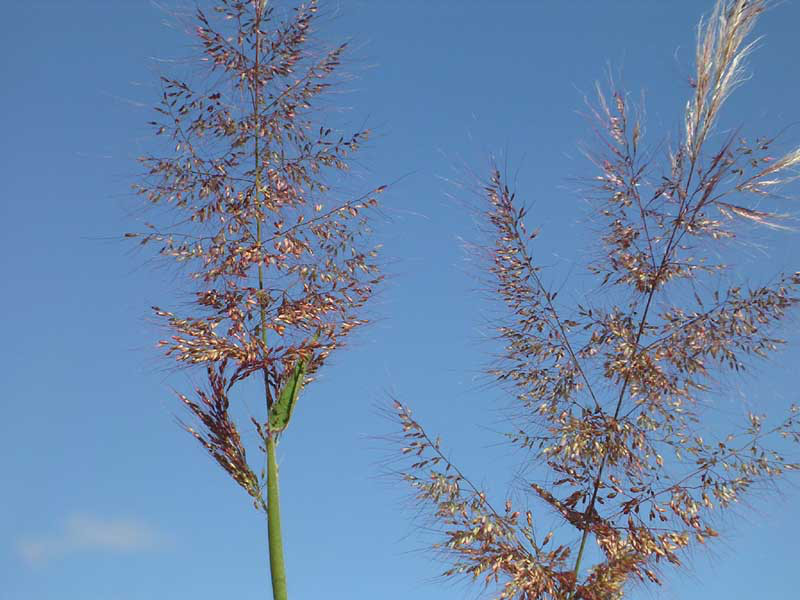
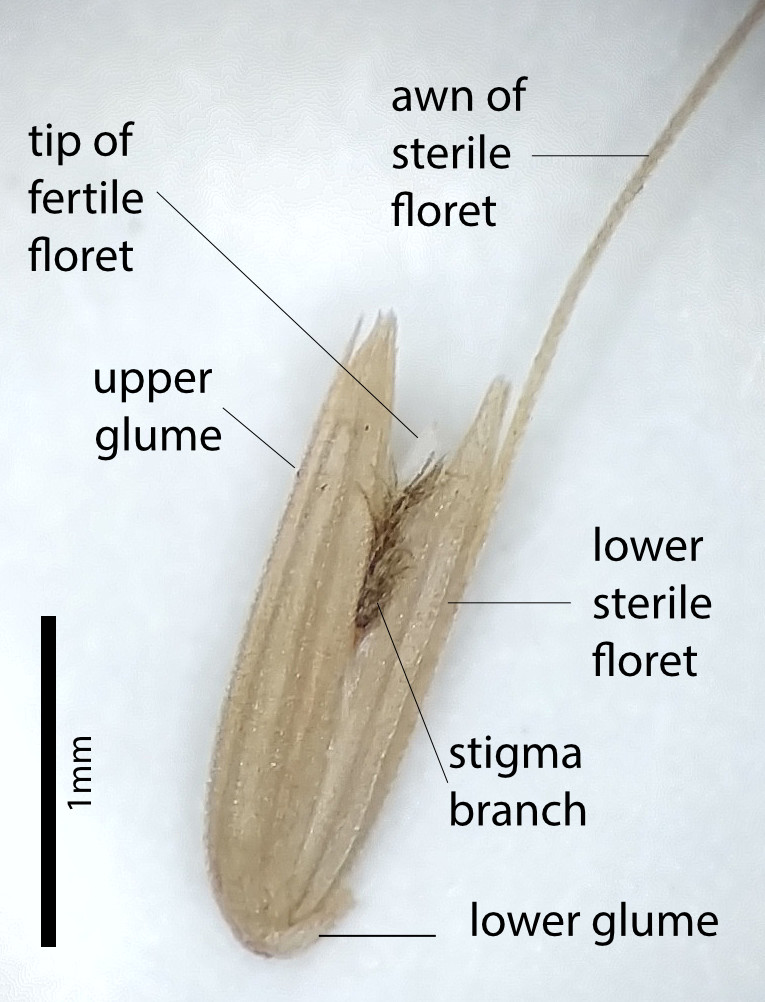
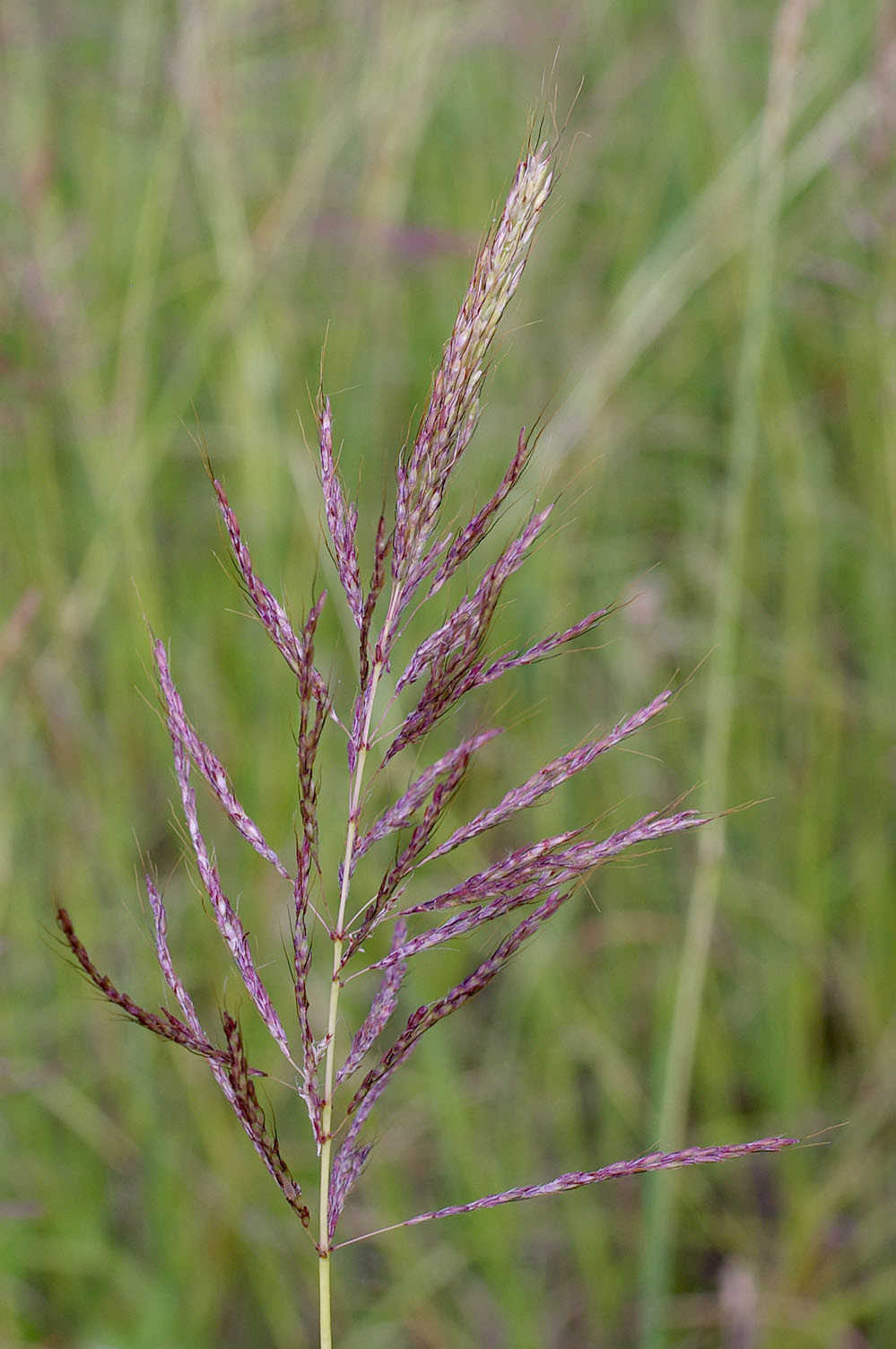
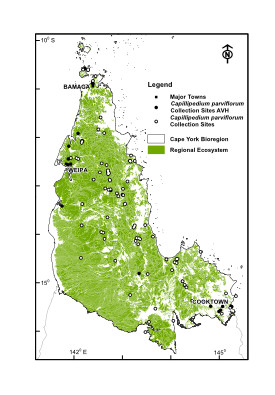
Resources
Anderson, E.R. (2003). Plants of Central Queensland their identification and uses. Information Series Q103069, Queensland Department of Primary Industries.
AVH (2019). Australia’s Virtual Herbarium, Council of Heads of Australasian Herbaria, <http://avh.chah.org. au>. [accessed 30 Feb 2019].
Clayton, W.D., Vorontsova, M.S., Harman, K.T. and Williamson, H. (2006 onwards). GrassBase - The Online World Grass Flora. http://www.kew.org/data/ grasses-db.html. [accessed Feb 2019].
Lazarides, M. (2002). Economic attributes of Australian grasses. Flora of Australia 43: 213-245.
Sharp, D. & Simon, B.K. (2002). Ausgrass: Grasses of Australia. CD-Rom. Version 1.0 (Australian Biological Resources Study, Canberra, and Environmental Protection Authority, Queensland).
Simon, B.K. (1992). Capillipedium. In J.R. Wheeler (ed), B.L. Rye, B.L. Koch & A.J.G. Wilson. Flora of the Kimberley Region. (Western Australian Herbarium, Dept. of Conservation and Land Management Como, W.A.), pp. 1133.
Simon, B.K. & Alfonso, Y. (2011). AusGrass2, http:// ausgrass2.myspecies.info/accessed on [Feb 2019].

